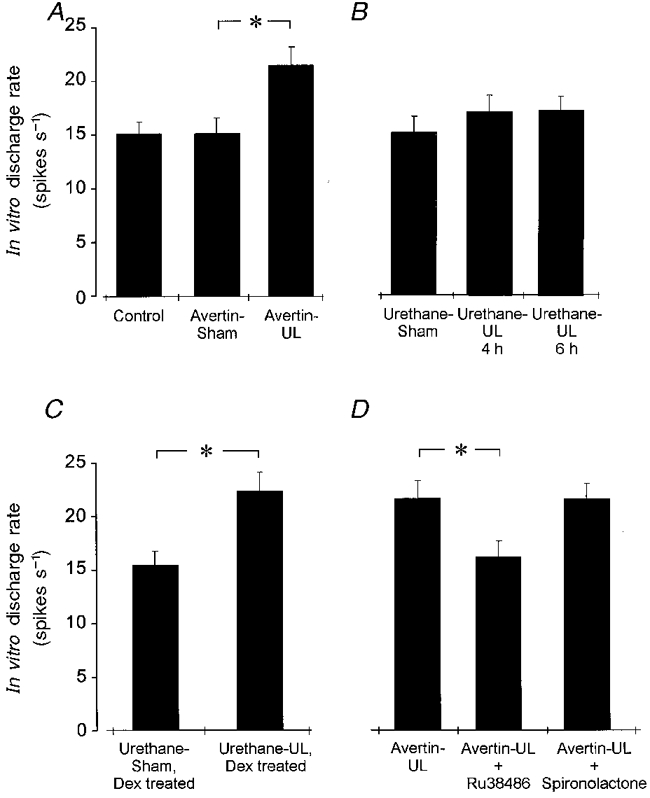Figure 1. Compensatory increase in intrinsic excitability of rostral MVN cells after UL under various experimental conditions.

Mean (±s.e.m.) spontaneous firing rates of rostral MVN neurones in slices of the ipsilateral medial vestibular nucleus in vitro, under various experimental conditions. A, mean spontaneous firing rates of rostral MVN neurones in slices from control animals and animals that were sham operated (Avertin-sham) or labyrinthectomized (Avertin-UL) under avertin anaesthesia. Note the significant increase in the mean spontaneous firing rate of MVN cells in the avertin-UL group compared with the avertin-sham controls (* P < 0.05, Student's t test). B, mean spontaneous firing rates of rostral MVN cells in slices from urethane-anaesthetized animals that underwent a sham operation (urethane-Sham), or a left labyrinthectomy either 4 h earlier (‘urethane-UL, 4 h’ group) or 6 h earlier (‘urethane-UL, 6 h’ group). There was no significant change in the spontaneous discharge rate of the rostral MVN cells after UL in these animals. C, mean spontaneous firing rates of rostral MVN cells in slices from urethane-anaesthetized animals that were treated with the glucocorticoid receptor agonist dexamethasone, and subjected either to a sham operation (‘urethane-Sham, Dex-treated’ group) or to a left labyrinthectomy (‘urethane-UL, Dex-treated’ group) 4 h earlier. The significant increase in the spontaneous firing rate of rostral MVN cells after UL is restored in the urethane-anaesthetized animals by dexamethasone. D, mean spontaneous firing rates of rostral MVN cells in slices from animals labyrinthectomized under avertin anaesthesia 4 h earlier, which were treated with either the GR antagonist RU38486 (‘avertin-UL, RU-treated’ group) or the mineralocorticoid receptor antagonist spironolactone (‘avertin-UL, Sp-treated’ group). The increase in spontaneous firing rate of the rostral MVN cells after UL is abolished by the GR antagonist, while the MR antagonist has no effect.
